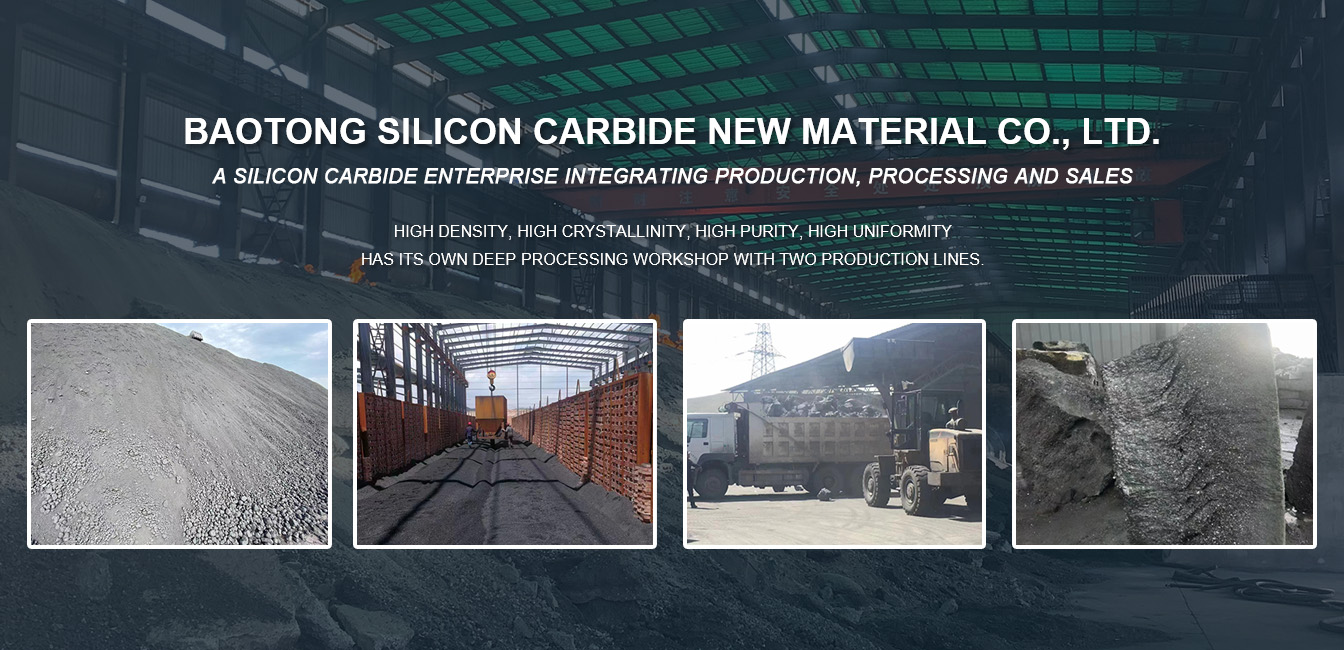What are the uses of silicon carbide?
Time:2022-7-12 16:05:54
2. As an abrasive, it can be used to make abrasives, such as grinding wheels, oil stones, grinding heads, sand tiles, etc.
3. As a metal deoxidizer, silicon carbide deoxidizer is a new type of strong composite deoxidizer, which replaces the traditional silicon powder carbon powder for deoxidation. The physical and chemical properties are stable, the deoxidation effect is good, the time is shortened, and the steelmaking efficiency is improved. It is of great value to improve the quality of steel, reduce the consumption of raw and auxiliary materials, and reduce environmental pollution.
4. High-purity single crystal can be used to manufacture semiconductors and silicon carbide fibers.
5. For 3-12 inch single crystal silicon, polycrystalline silicon, potassium arsenide, quartz crystal and other wire cutting. Solar photovoltaic industry, semiconductor industry, piezoelectric crystal industry engineering processing materials.
6. Lightning rods, circuit components, UV detectors, structural materials, astronomy, disc brakes, clutches, diesel particulate filters, filament pyrometers, ceramic films, cutting tools, heating elements, nuclear fuel, jewelry, steel, Protective gear, catalyst carrier and other fields.
7. Using silicon carbide has the characteristics of corrosion resistance, high temperature resistance, high strength, good thermal conductivity and impact resistance. On the one hand, silicon carbide can be used for various smelting furnace linings, high temperature furnace components, silicon carbide plates, linings, supports, etc. Saggar, silicon carbide crucible, etc.
8. High temperature refractory material field. For example, high-temperature indirect heating materials in the non-ferrous metal smelting industry, such as vertical tank distillation furnaces, rectification furnace trays, etc.
9. The building materials ceramic grinding wheel industry uses its characteristics of thermal conductivity, thermal radiation and high thermal strength to manufacture thin-plate kiln furniture, which can not only reduce the capacity of kiln furniture, but also improve the loading capacity and product quality of the kiln, and shorten the production cycle. It is an ideal indirect material for ceramic glaze baking and sintering.




 The current position:
The current position:




